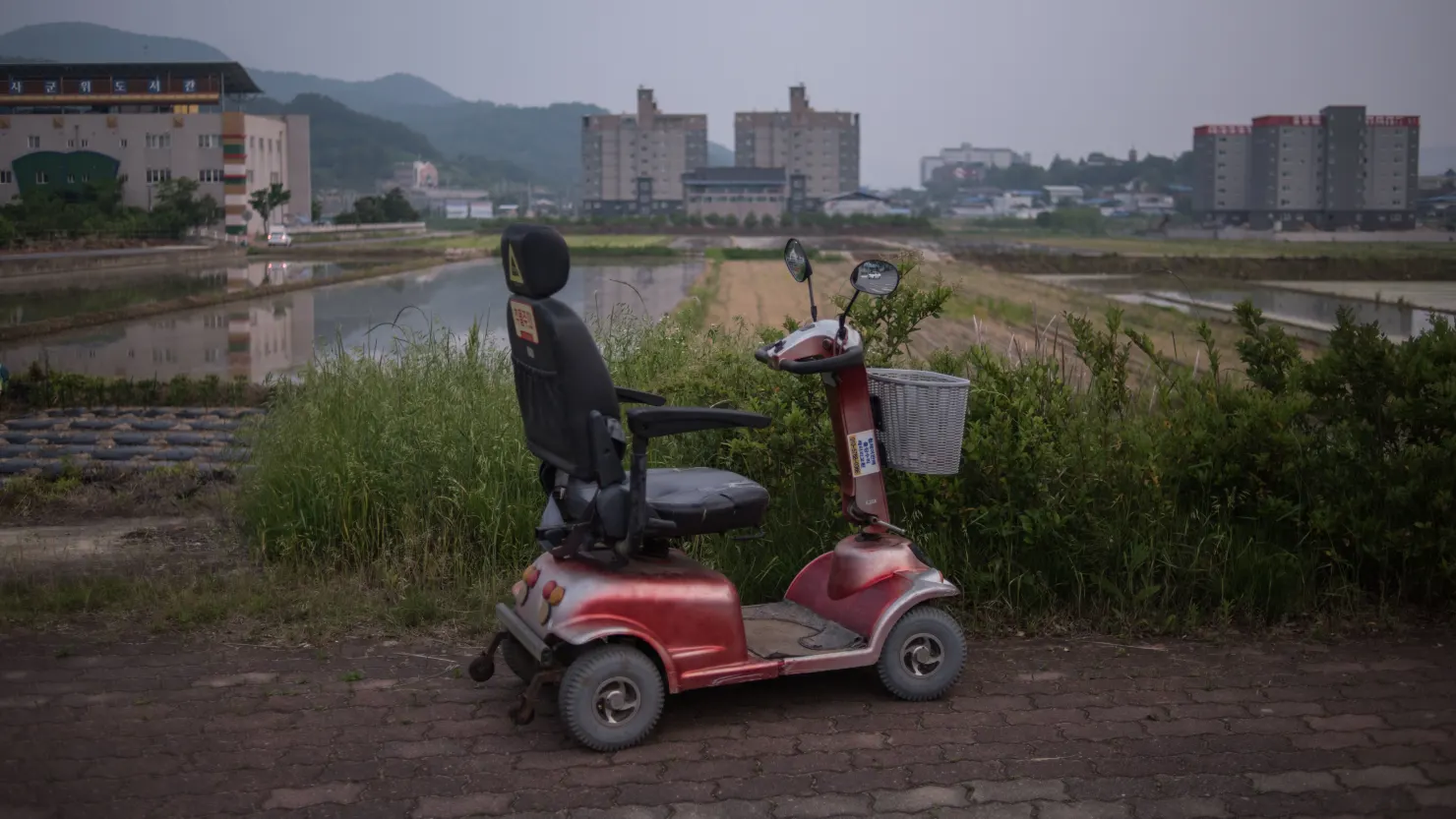South Korea, once hailed as an “Asian Tiger” for its rapid transformation from postwar poverty to a global economic powerhouse, is now facing a demographic crisis that could derail its growth story within two decades.
The nation’s fertility rate — the lowest in the world — continues to plunge. In 2024, it stood at 0.748 births per woman, a marginal rise from the record low of 0.721 in 2023, but still far below the OECD average of 1.43. The “replacement rate” needed to maintain a stable population is 2.1.
At these levels, for every 100 South Koreans, only around 36 children are born, setting the stage for a shrinking workforce, declining productivity, and slowing growth.
The Bank of Korea warned in 2024 that demographic pressures will weigh heavily on the economy, potentially pushing the nation into a prolonged downturn by the 2040s. A separate Korea Development Institute report projected that potential growth could sink to near zero, with contraction likely by 2047 in a baseline scenario — or as early as 2041 under pessimistic assumptions.
Experts say the collapse in birth rates threatens to unravel decades of hard-won prosperity, straining welfare systems, eroding competitiveness, and reshaping South Korea’s role in the global economy.



0 Comments